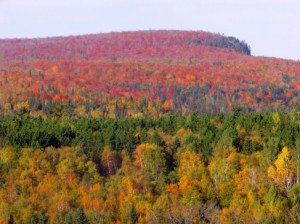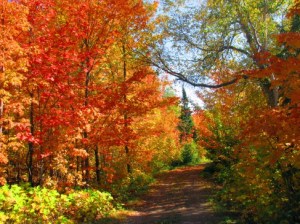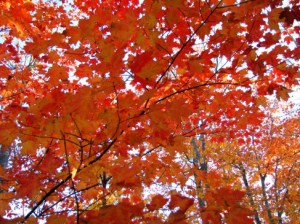Temporary Off-Highway Vehicle Closures
The DNR will restrict recreational use of off-highway vehicles [OHVs] in some areas during the upcoming firearms deer hunting season. Vehicles affected by the restrictions include all-terrain vehicles [ATVs], off-highway motorcycles [OHMs] and registered off-road vehicles [ORVs] such as four-wheel drive trucks that are not being used in conjunction with deer hunting by a licensed deer hunter.
The restrictions, which apply to state forest trails and access routes but not to state forest roads, and aim to protect recreational riders from potentially unsafe riding conditions and to minimize conflicts between deer hunters and recreational riders who may inadvertently disturb them.
Licensed deer hunters may still use these routes in conjunction with their hunting activity: Before legal shooting time. From 11 am to 2 pm. After legal shooting hours.
Effective dates of the recreational riding restrictions will be: Nov. 8-23 for the northeastern Mn. 100 Series deer season. Nov. 8-16 for the Mn. 200 Series deer season.
Because recreational OHV trails located in southeastern Mn. close Nov. 1 each year, no additional OHV riding restrictions are necessary in that part of the state. Always put safety first.










Recent Comments